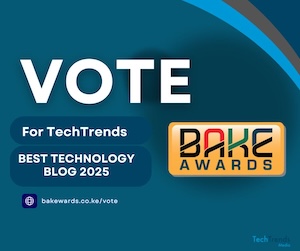
In the fast-evolving world of marketing and social media, virtual influencers have emerged as a fascinating phenomenon, capturing the eyes of audiences and brands.
These AI-generated personalities, ranging from avatars to animated characters and even robot influencers, have developed a new niche in the world of marketing. With their ability to engage and entertain, virtual influencers are transforming how brands connect with their consumers, offering a view into a future where the gap between reality and digital fabrication continues to blur.
The rise of these AI personalities has been attributed to many factors, with technological advancements being at the forefront. Innovation in computer graphics and AI has allowed creators to design lifelike characters that can interact with audiences in real time.
Social media platforms like TikTok have also been at the forefront, serving as stages for these personas to showcase their personalities, promote products and services and to engage with followers of a particular brand. As a result, most brands like Calvin Klein, Dior and Prada have taken note of these new marketing tools, recognising them as potential that can not only create engaging content but also create deep emotional connections with their targeted consumers.
One of their most outstanding advantage is their ability to maintain a consistent brand image without the inconsistency associated with human influencers who often come with personal life, controversies and fluctuating public perceptions that can impact brand partnerships. In contrast, virtual influencers have faultless and carefully crafted narratives that perfectly align with the brands’ values and market goals. This predictability can be particularly appealing to companies looking to establish a strong and reliable online presence
Moreover, virtual influencers can engage in 24/7 interactions with audiences, allowing for a level of accessibility that human influencers may struggle to provide. With the right programming, these digital creations can respond to comments, post regularly and even collaborate on events or campaigns seamlessly. This constant availability fosters an environment in which the audience feels connected to the influencer, driving brand loyalty and engagement that brands can leverage for their marketing strategies.
However, the rise of virtual influencers does come with its own challenges as brands must navigate the ethical implications of promoting digital personas who lack real-life experience and emotions. Furthermore, as consumers become more selective, the effectiveness of virtual influencers can be called into question, as many people value genuineness in their interactions with influencers and brands risk alienating their audiences when they come into contact with unauthentic characters. Therefore, a careful balance must be struck when integrating virtual influencers into their marketing strategies.
Considering the future, the impact of virtual influencers on social media and marketing is likely to grow as they continue to evolve and adapt to changing consumer preferences. Brands that embrace this change must be vigilant and innovative, using virtual influencers not just as a marketing stunt but as a key component of a broader strategy. By understanding their audience and leveraging the unique capabilities of virtual influencers, brands can create compelling narratives that resonate deeply with consumers, ultimately shaping the future of marketing in the digital age.
To sum up, the emergence of virtual influencers is changing the face of marketing and social media. Their potential to engage with audiences, maintain a good public image, and foster connections represents a significant shift in how brands approach influencer partnerships. As the technology advances and consumers’ expectations evolve, the role of virtual influencers will undoubtedly continue to grow, paving the way for new and innovative strategies in the years to come.
Follow us on WhatsApp, Telegram, Twitter, and Facebook, or subscribe to our weekly newsletter to ensure you don’t miss out on any future updates. Send tips to editorial@techtrendsmedia.co.ke




